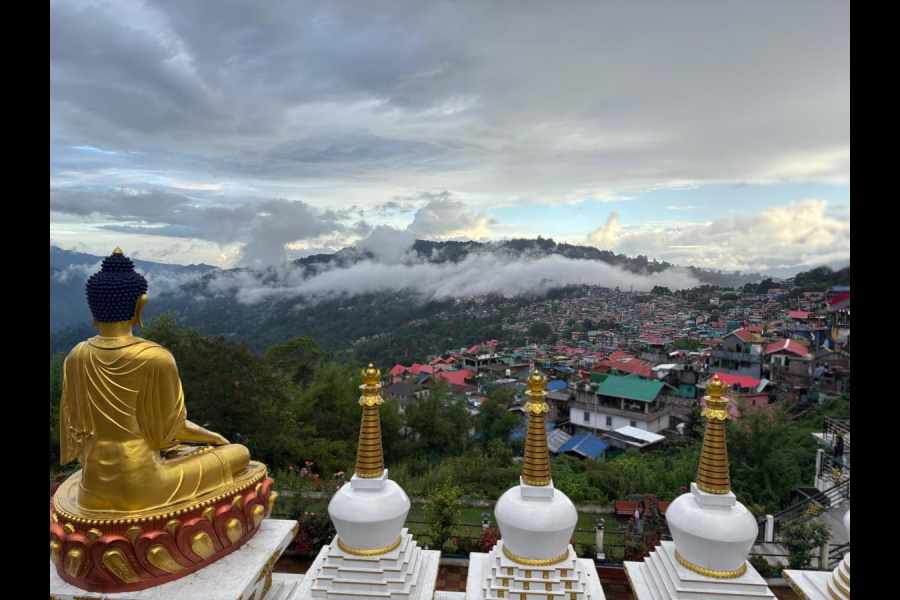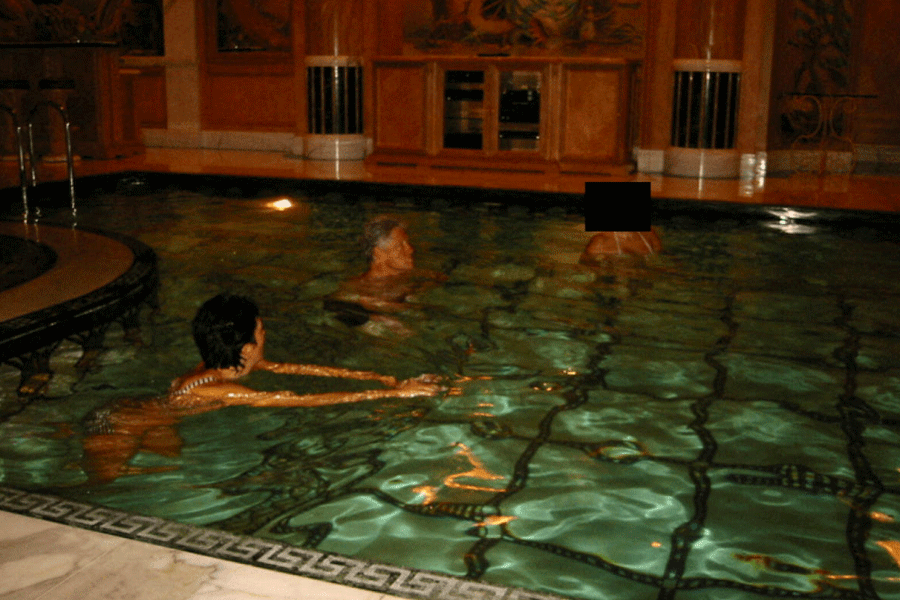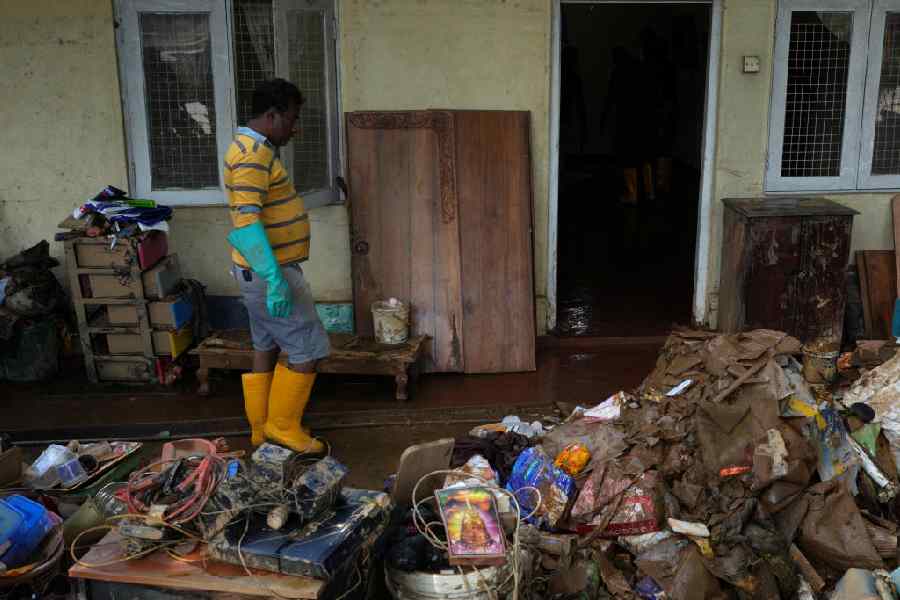Some places don’t just welcome you — they change you. My time at Windsongs, nestled in the hills of Kalimpong, was not just a retreat; it was a quiet return to myself. Days after I had left, I still carried the scent of damp earth, the silence between birdsong, the lull of clouds sweeping across green ridges, and the deep peace that clung to me like a warm shawl.
It began the moment we arrived. Just below the road that winds towards Kalimpong town centre, Windsongs unfolded gently across an entire hillside. From the very first glimpse, it felt like a sanctuary. The nursery — Universal Bulb and Plant Nurseries — has been rooted here since 1952. But Windsongs — an award-winning Himalayan homestay — itself began in 2009, an act of love by Subhadra and Kishore Pradhan, now carried forward with quiet passion by their son Karan and his wife, Deepsahana. This is not just a homestay; it is a living heirloom of warmth, wisdom, and flora!
The experience was deeply sensory — we woke to the pristine mountain air, the gentle rhythm of rain, and sweeping views of the Teesta carving its way between the hills of Kalimpong and Sikkim. We spent long, unhurried hours exploring the nursery — cascading terraces of flowering and fruit-bearing plants, ancient cacti with surreal shapes and histories of their own. Walking through the greenhouses felt like entering a temple of time, each plant holding its silent sermon.
I remember sitting on the veranda of our spacious cottage, gazing over the Teesta valley as clouds played a gentle game of hide-and-seek with the horizon. Sometimes it rained, and we would sit with our meals under pergolas, watching droplets catch the light. At other times, the sun streamed in, lighting up blossoms like stained glass. We moved with the weather, with no reason to rush. While there was Wi-Fi and even a television in the cottage, we never felt the urge to use them.
Meals were another form of healing. Home-cooked with heart and heritage, we savoured Nepali kaalo daal, aloo dum, dry chicken, and momos. One morning, the host surprised us with a homemade dessert, offered not as a gesture of service, but of kinship. The food was nourishing, not only for the body, but for something deeper inside. I realised how hungry we had been — for slowness, for simplicity, for sincerity.
Kalimpong itself was a revelation. A town where alpine forests meet tropical blooms, where
Lepcha traditions breathe through every layer of daily life. Flowers here aren’t just beautiful; they are spiritual, medicinal, and cultural. The locals, especially the Lepchas, cultivate them with reverence. Their homes are layered with potted blooms, their honey flavoured by wild orchids, their knowledge of plants intimate and intuitive. In Kalimpong, nature isn’t an accessory — it’s ancestry.
As we walked through the nursery at Windsongs and along its misty corridors, I felt something inside me unclench. It was in the overlapping mountains, amidst the rows of Bird of Paradise seedlings, in the unexpected quiet. The retreat didn’t demand anything from me. It simply received me. And in that stillness, I began to feel whole again.
Our quest for peace also led us to the Tharpa Choling Monastery, one of Kalimpong’s many tranquil sanctuaries. Perched high on a hill, the monastery offered us a haven for the soul, whether for spiritual reflection, cultural immersion, or simply a pause from the pace of life. As we ascended the winding path lined with fluttering prayer flags, a cool breeze swept across the valley. The sight of monks crossing paths with visitors in near silence felt like stepping into a slower, softer world.
At the top, the monastery seemed to rise into the clouds. The view was sublime — mountains lost in mist, fog cradling the hilltops, and a stillness that seemed to hold its gravity. Inside, the architecture reflected a blend of Indian, Burmese, and Tibetan styles. We were fortunate to be guided by a kind young monk who walked us through the monastery’s sacred interiors. The prayer hall, with its magnificent Buddha statue and walls adorned with intricate thangka paintings, radiated a sense of ancient wisdom and calm. Even the monastery gardens, blooming with colourful flowers and fragrant herbs, seemed to encourage us to slow down and breathe more deeply.
As I took in the serene atmosphere of the monastery, I felt as though I had been permitted just to be — to let go of urgency and live wholly in the moment. In that stillness, I realised how much noise I carry within me and how being quiet can be a gift.
And then, there was the food. Kalimpong’s culinary landscape surprised me in its quiet richness. While homestays like Windsongs offer soulful, local fare with a focus on wellness, we also discovered cafés that blend global cuisine with mountain ethos. Art Café, one of the town’s most popular, became a delightful stop, not just for the food, but for what it represents. Their menu brings together local and continental flavours, made from fresh ingredients sourced mostly from Kalimpong’s haat bazaar, the local cheese factory, and their herb garden. Everything — from sauces to breads — is made in-house. They even use fine grains like buckwheat and emphasise balanced meals that support wellness and sustainability.
Hungry and worn from the day’s wanderings, we stepped into the café and were welcomed by the warmest smile from a young hostess. Though it was late in the evening, we found a cosy spot on the outer deck, drawn by the mountain air and soft lamplight. We ordered generously — jhol momos as well as steamed momos, faley, thukpa, a local corn rice bowl, some aglio e olio pasta, fries, and hot coffee, trying to sample as much of the menu as we could. Each dish arrived just right — warm, flavourful, beautifully presented — and with every bite, our hunger melted into quiet satisfaction.
But what made Art Café special was its spirit. More than a café, it’s a platform for local artists and musicians, a hub where food meets creativity, and where community is nourished alongside the body. Sitting among an eclectic mix of travellers and locals, we tasted more than what was on the plate — we tasted intention, respect for culture, and the joy of mindful eating. It was a reminder that food, when rooted in care, can be a quiet act of healing. It was serendipity at its best.
Even now, I return to those moments. When life quickens, I think of that sundeck at Windsongs where I had my tea as the valley yawned awake. I recall their pergola, the green scent of the wild Himalayan grass flowers, the hypnotic rhythm of rain on the roof. Kalimpong has become more than a memory — it is now a rhythm I carry inside me.
For anyone seeking more than a holiday — yearning to slow down and be rearranged by peace — this soul-soothing retreat in Kalimpong, where gardens bloom with history, mountains whisper serenity, and time slows just enough to help you find yourself again, is waiting. In Kalimpong, where flowers whisper histories and the hills hum lullabies, you don’t just stay. You heal.











